You will need:
- A kettle
- Either a ceramic mug or a heatproof glass (we used a glass to show the colour change clearly)
- Lemon
- Teabag
- Knife
- Chopping board
- Adult help!
The lemon juice and tea colour change is subtle but it works!

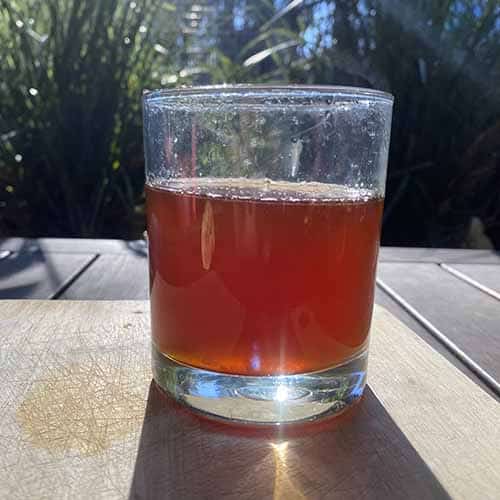
You should have seen the tea go a lighter shade of brown! If you had a setup a camera prior, take another photo and then use a service like Adobe Photoshop or an app such as pixel picker to compare the hex codes to get a fair result without bias.
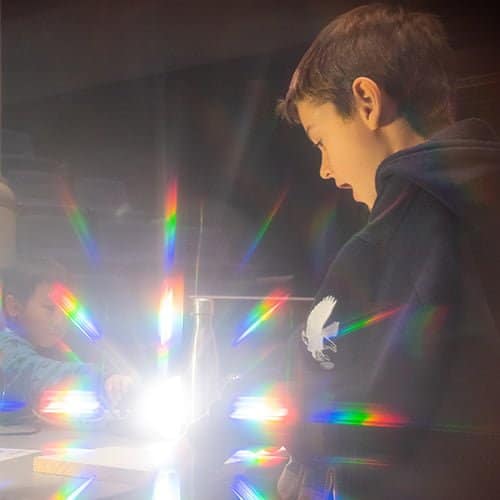
School science visits since 2004!
– Curriculum-linked & award-winning incursions.
– Over 40 primary & high school programs to choose from.
– Designed by experienced educators.
– Over 2 million students reached.
– Face to face incursions & online programs available.
– Early learning centre visits too!
What is going on?
Black tea contains pigment called thearubigins. These are typically a red/brown colour in water, however if the water is acidic the pigment changes to a much lighter colour. Lemon juice is acidic and by adding some drops of lemon you quickly change the pigments in the tea! These pigments also become much darker in alkaline conditions.
You can also make your own indicator using cabbage juice too! We used this recently as an example of modelling how a pandemic spreads in a classroom.
Variable to test
- What happens if you use more than 1 teabag?
- Do limes, grapefruit and other citrus fruits produce the same effect?
- What if you use apple juice or other juices?
- Try soft vs hard water
- Try different teabags from different companies.
- Try green tea vs black tea
From colour changes to slimy science, we’ve got your kitchen chemistry covered!
Get in touch with FizzicsEd to find out how we can work with your class.
Chemistry Capers
Years K to 6
Maximum 30 students
Hands-on science workshop
60 or 90 minutes
Online Class Available
STEM Full Day Accelerator - Primary
Designed from real classroom experiences, this modular day helps you create consistently effective science learning that directly address the new curriculum with easily accessible and cost-effective materials.
Hands-on Kids Science Party
>20 hands on science experiments
Gigantic bubbles
Slime making
Professional science show
From $395 inc. GST
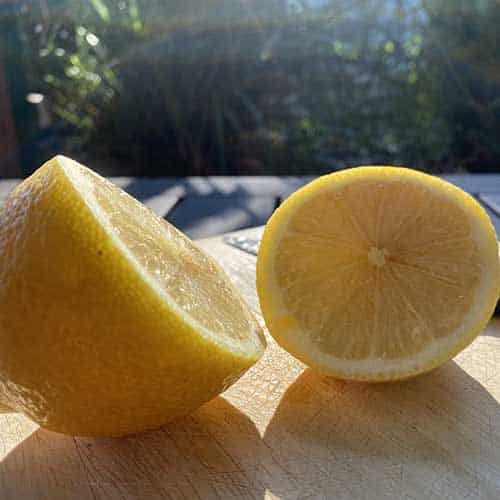
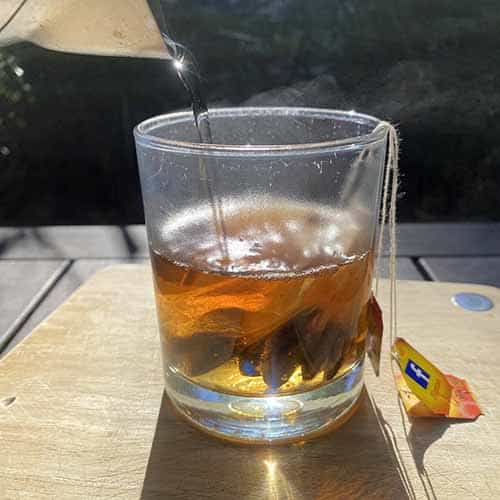
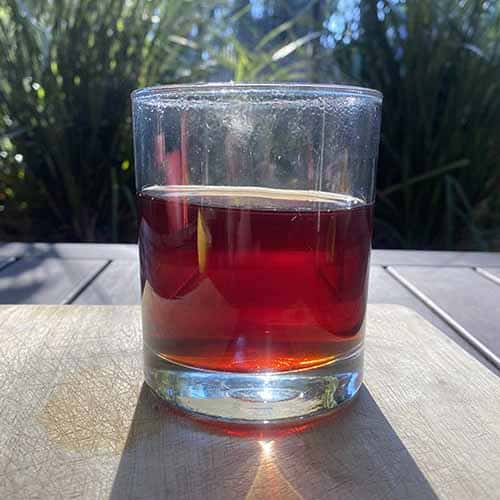
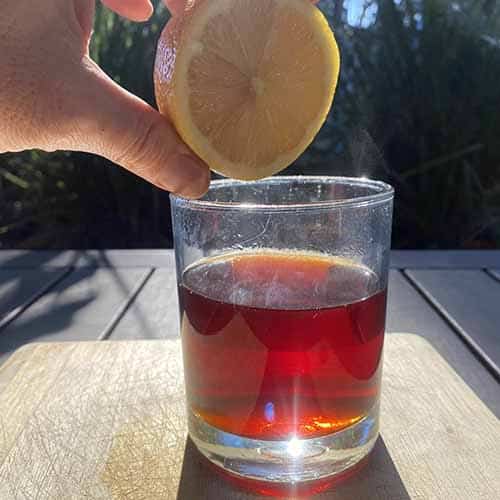
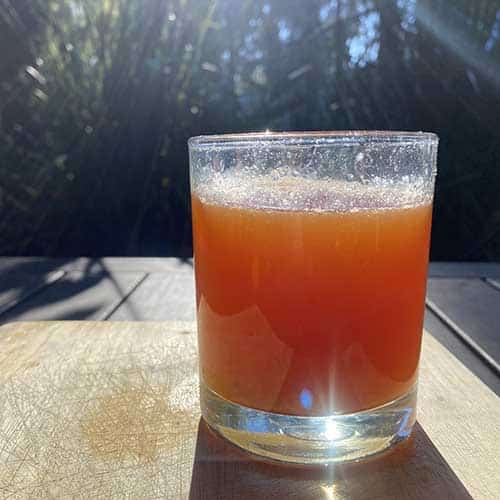



























i just found out that more lemon juice you put more go clear the colour and if u put less lemon is go dark so cool and i love esperiment
Awesome!
kk,, good info
Oh wow, this is great to hear and know! We’re glad that you found out site and we hope it was useful 🙂